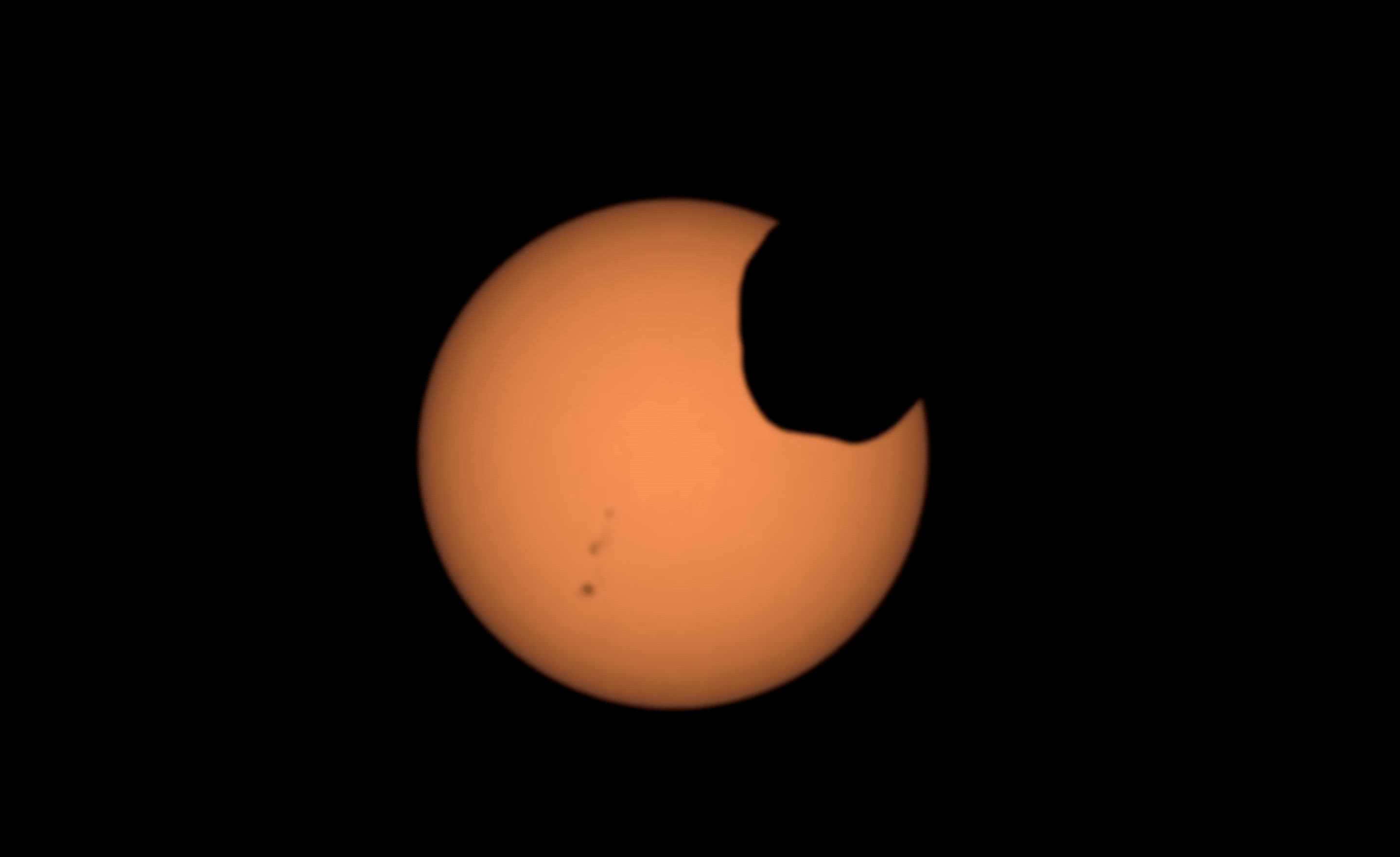When you purchase through link on our site , we may earn an affiliate commission . Here ’s how it works .
This week ’s announcement that salty liquified urine flows on Mars has reinvigorated debate about whether the Red Planet ’s environment could support life . But considerably less tending has been paid to the details behind the actual find : How , exactly , were scientists able to show that briny water can be found on Mars ?
Scientists announced yesterday ( Sept. 28 ) that sinister , narrow streaks that seem on Mars arecaused by flowing water . The mysterious streaks were first spotted on the planet in 2011 , but it was the chemical touch of the enigmatic line of merchandise that helped researchers make their breakthrough .

These dark, narrow, 100 meter-long streaks (called recurring slope lineae) are flowing downhill on Mars, and are inferred to have been formed by contemporary flowing water.
An musical instrument have a go at it as a mass spectrometer aboard the Mars Reconnaissance Orbiter spacecraft was direct on these so - called recurring side lineae — dark streaks that change with the seasons onMars — as it orbited the Red Planet . The observations revealed a chemical substance signature reproducible with salty water , according to Amaury Triaud , a postdoctoral researcher at the Centre for Planetary Sciences at the University of Toronto who has analyse planets beyond thesolar systembut was not involved with the new Mars discovery . [ In Photos : Is water supply flow on Mars ? ]
A spectrometer measures light and splits it into dissimilar wavelengths , which can bring out clues about an objective ’s composition because eachchemical elementhas a typical theme song , or pattern .
The scientist " saw hydrated Strategic Arms Limitation Talks , or table salt that was in contact with water system and then dry out out , " Triaud enjoin Live Science .

But where the piddle came from is still a closed book . Triaud said further reflexion of these lineae will be need to work out out the salty pee ’s source . For instance , one speculation is that perhaps the water leach from permafrost ( for good frozen primer ) in the filth , or mayhap it condensed somehow from the atmosphere , he said .
" What they want to do now is systematically observe those locations from orbit and attempt to see their design , " Triaud tell . " They will expect at the south - facing or compass north - facing craters , depending on the height and the parallel of latitude on the satellite , and essay to see if there is a relation . "
Flowing water on the surface of Mars without salt is impossible , because the major planet ’s atmosphere is so thin , and the airfoil is so cold , that water sublimates , meaning it pass directly from a self-colored state ( ice ) to a gas . piquant body of water , however , has a lower freezing pointand survive longer , Triaud say .

Scientists had suspected for years that the lineae seen on Martian side were somehow formed by water , because they appeared darker in the summertime on Mars and less prominent in the winter . This theme is coherent with water that menstruate when the surrounding surroundings is warmer , and then dissipates as the temperature chill .
AlthoughNASAhas a newMars rovermission , dubbed Mars 2020 , targeted to leave Earth in five years , it ’s improbable that the rover could be grade near the lineae for a closer look , Triaud enjoin . The slope would be too steep for a rover to navigate , the landing area would be too narrow ( just a few dozen straight meters ) and the bearing of watercould indicate the being of microbic life , put forward concerns about the possibility of contaminate the web site with germ from Earth .
yet , Triaud sound out a wanderer could theoretically take motion picture of these features from a aloofness in a safer , flatter daub — at the bottom of the hill , for example .

He impart that it ’s difficult to say how long these lineae have been flow on Mars because weewee tends to erase any craters that are typically used to estimate the age of a planetary surface . Triaud said he would n’t be surprisedif water system had been flowing on Marsfor many years , or if the dark streaks were even more uncouth a few million years or so ago , when Mars had more body of water on its Earth’s surface .
Several billion years ago , Mars was a wetting agent planet , but as its atmosphere thinned , most of the piddle evaporated . NASA ’s Curiosity , Spirit and Opportunity rovers have all found evidence of ancient rocks formed in water system . The Curiosity rover , which is still exploring the Martian airfoil , also find a streamlike feature shortly after it landed on the Red Planet in 2012 .
Another NASA mission called MAVEN ( poor for the Mars Atmosphere and Volatile Evolution ) mission is examining present - solar day atmospheric deprivation to better understand how and why Mars lost its chummy atmosphere .















